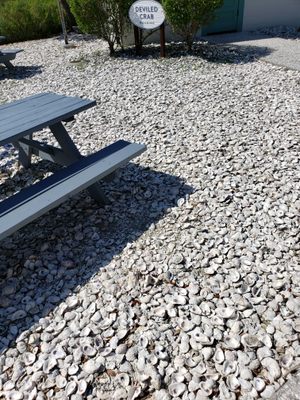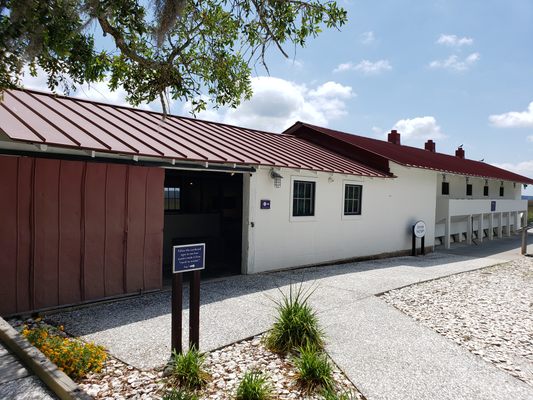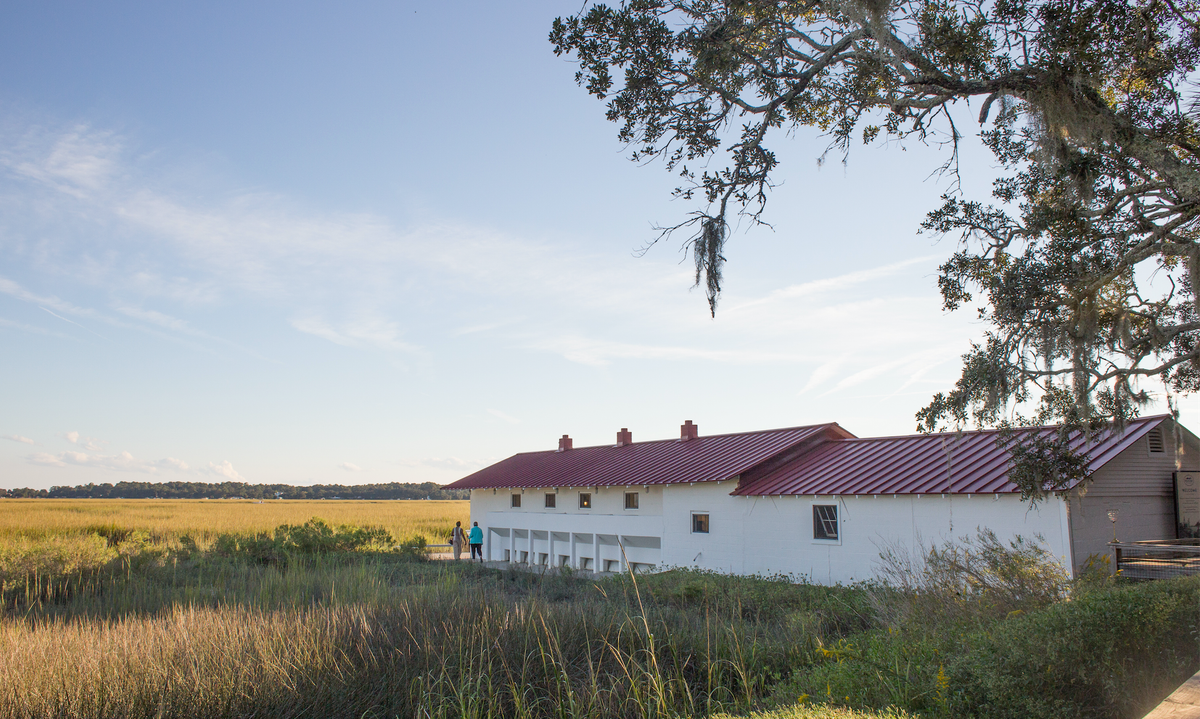About
After the Civil War, a small community of formerly enslaved people formed a vibrant settlement within Georgia. Originally, the area was divided into thin strips of property following emancipation, hence the name "Pin Point."
The community’s founders were the descendants of enslaved people who came from throughout West Africa. When they were forcibly brought to work as laborers in the United States, these enslaved men and women brought with them their native languages, customs, and culinary traditions. Isolated and without a common language, they formed their own unique Gullah-Geechee culture, which included an English Creole language.
Their freed descendants, who went on to found Pin Point, carried the Gullah-Geechee culture with them. Many within the community worked at the A.S. Varn & Son Oyster and Crab Factory. It was the main source of employment for the locals until it closed in 1985.
The former factory was later transformed into a museum dedicated to telling the story of the local oyster canning and Gullah-Geechee culture. In the museum, you can learn how oysters were caught, packaged, and distributed from the river below. This information is used to help tell the story of the Gullah-Geechee people and the community they formed. You’ll also hear testimonies from the multiple generations who have been associated with the cannery.
The guides working in the museum are descendants of the original Pin Point residents and are personable, incredible storytellers. Visiting is a fantastic in-person way to experience the history Gullah-Geechee culture, a product of West African traditions brought to America on slave ships.
Related Tags
Know Before You Go
Admission is $8 for adults and $4 for children. Parking is limited.
Community Contributors
Added By
Published
June 22, 2018





































































